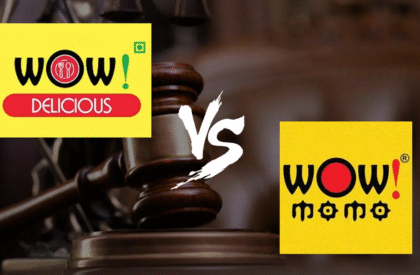Practice Area
An Overview
A Private Limited Company (Pvt. Ltd.) is one of the most popular and preferred business structures for entrepreneurs. It is governed by the Companies Act, 2013, and offers a combination of limited liability, a separate legal identity, and ease of management. This structure is suitable for businesses looking for scalability, credibility, and the ability to attract investors.
Key Features
Separate Legal Entity
The company is distinct from its shareholders and directors.
Limited Liability
Shareholders' liability is limited to their shareholding in the company.
Minimum and Maximum Members
Requires at least 2 members and can have up to 200 members.
Restricted Transfer of Shares
Shares cannot be freely traded or transferred to the public.
Perpetual Succession
The company continues to exist regardless of changes in ownership or management.
Compliance Requirements
The company continues to exist regardless of changes in ownership or management.
Advantages
Limited Liability
Protects personal assets of shareholders.
Separate Legal Identity
The company can own assets, enter into contracts, and sue or be sued independently.
Fundraising Opportunities
Attracts investors, including venture capitalists and private equity.
Business Credibility
Offers more credibility to customers, vendors, and financial institutions.
Scalability
Suitable for businesses looking to expand operations.
Disadvantages
Compliance Requirements
Involves regular filings, audits, and legal documentation.
Higher Setup Costs
Requires more investment compared to sole proprietorships or partnerships.
Restricted Share Transfer
Shares cannot be publicly traded, limiting liquidity.
Double Taxation
Profits are taxed at the corporate level, and dividends are taxed in shareholders' hands.
How to Register a Private Limited Company
Choose a Unique Name
Verify availability and compliance with naming guidelines.
Obtain DSC and DIN
Digital Signature Certificate (DSC) and Director Identification Number (DIN) are mandatory for directors.
Draft MOA and AOA
Memorandum of Association (MOA) and Articles of Association (AOA) outline the company's objectives and operational rules.
File Incorporation Application
Submit the required documents to the Registrar of Companies.
Receive Certificate of Incorporation
Once approved, the ROC issues a certificate to establish the company legally.
FAQ's
A Private Limited Company is a business entity where the ownership is divided into shares, and the liability of shareholders is limited to their investment.
Any individual or group of individuals, including foreigners, can form a Private Limited Company with a minimum of 2 members.
There is no minimum capital requirement under the Companies Act, 2013, but businesses often start with a nominal amount.
A minimum of 2 directors and a maximum of 15 directors are allowed.
Private Limited Companies can avail of various deductions and exemptions under corporate tax laws.








